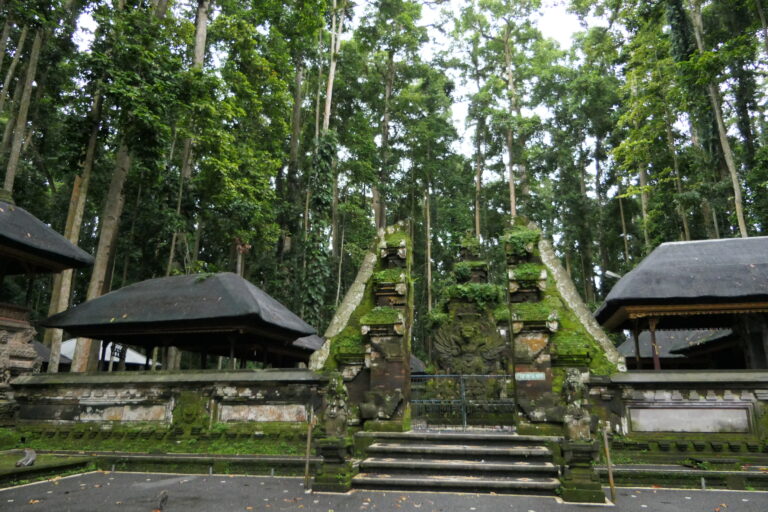Our Research
Population Genomics and Conservation Management of Threatened Species in the Dipterocarpaceae Family
#Conservation



Genetic exchanges among individuals and populations, either by pollen or seed, are necessary to maintain the long-term viability of a species. Hence, it is crucial to assess the genetic connectivity of individuals within a population and of populations across landscapes in order to identify priority species / population and to achieve successful conservation. The advent of Next-Generation Sequencing (NGS) technologies offers a powerful approach to quantify gene flow across landscapes in non-model species, making it increasingly feasible to investigate the genetic variation of threatened species, its relationship to ecological and landscape conditions, and to evaluate management strategies. Diperocarpaceae is a mega-diverse, pan-tropical plant family distributed in tropical and subtropical Asia, Africa, and South America, with Asia being the present centre of diversity. Asian dipterocarps are one of the tallest tropical trees. They dominate the forest canopy, have straight stems and are highly valued for their hardwood timber. As a result, dipterocarps in lowland forests have been heavily logged, leading to extensive habitat destruction and fragmentation. Over-harvesting severely jeopardizes the ecological roles of dipterocarps as the structural foundation and keystone species of tropical forests, and as carbon sinks. Many dipterocarp species are threatened due to the loss of habitat: circa 58% of all dipterocarps have been assessed by the IUCN Red List, of which 94% are listed as endangered.
This project aimed to:
- Determine the extent of genetic erosion across natural populations.
- Determine the impact of fragmentation on gene flow.
- Determine the role of chilling stress as a selective pressure driving population divergence.
Ultimately, this project was a targeted research on essential genetic processes of conservation concern: genetic erosion, gene flow and adaptation. This strategy could potentially be integrated as a routine practice in the conservation and restoration of dipterocarp species and other endangered tropical trees.
